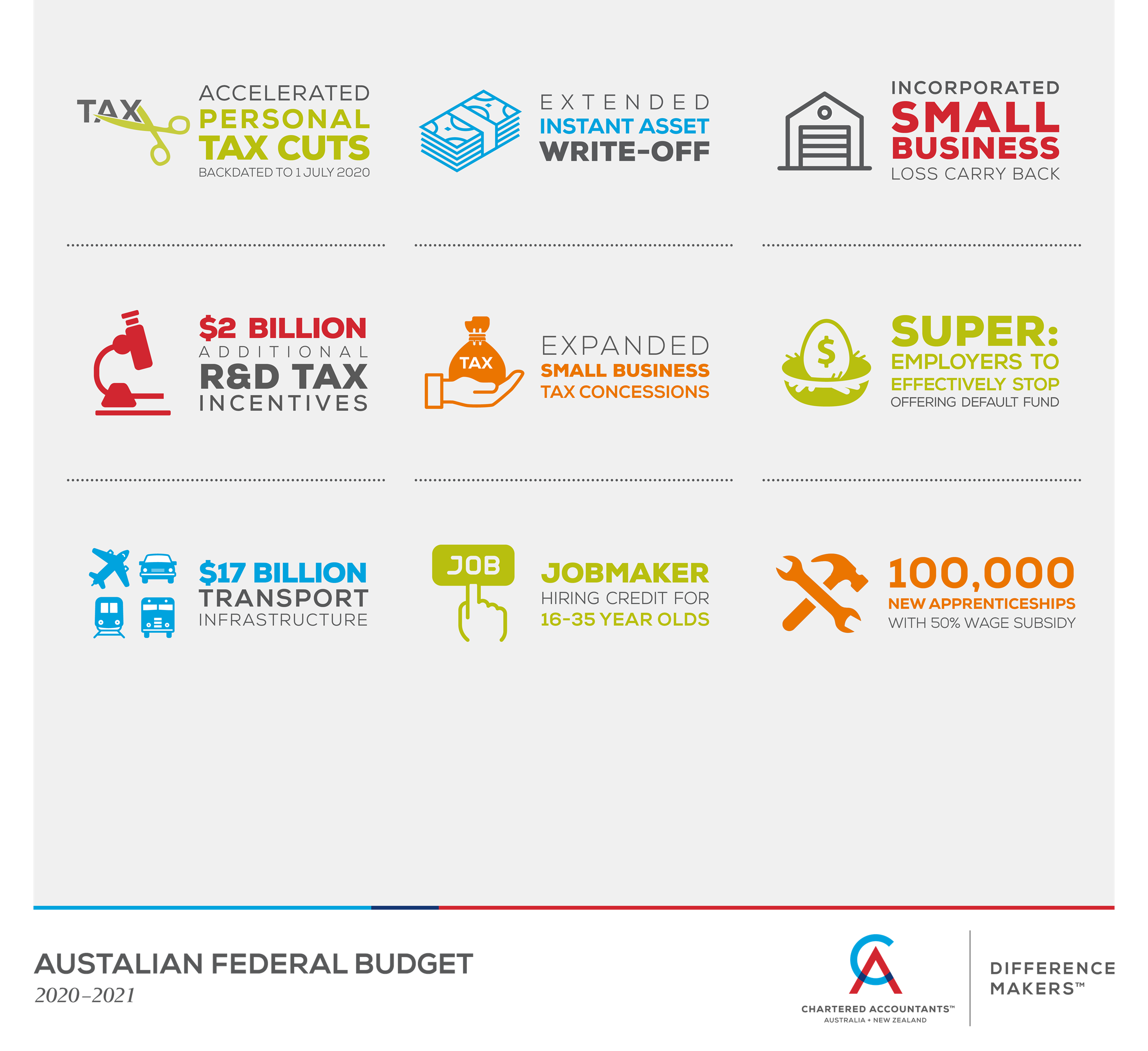

addressing the continued and related problems of DOE’s contract administration and project management, especially for DOE’s large and complex projects and.sustaining the relevance and effectiveness of DOE’s nonproliferation efforts.maintaining the safety, reliability, and physical and information security of the nation’s nuclear weapons stockpile in the absence of clear Department of Defense requirements and with an inefficient and outmoded nuclear weapons complex.conducting energy-related research and development and the management and protection of key assets-such as the Strategic Petroleum Reserve-that are vital to the nation’s energy and national security.Office of Science, Committees of Visitors.National Nuclear Security Administration.Office of Energy Efficiency and Renewable Energy.Why are such high levels of debt so concerning? There are many reasons that Americans should be concerned about the rising national debt - particularly if you are concerned about economic growth, investments in our nation’s future, and preservation of our social safety net. That level of debt would far exceed the 50-year historical average of approximately 40% of GDP. The CBO projects that debt held by the public could rise to 180 percent of gross domestic product (GDP) by 2050 if no changes are made to current laws. While the deficit varies from month to month and some months may even record a surplus - for example, in April, when taxpayers are submitting their personal income taxes - debt and deficits are on an unsustainable upward trajectory. Debt Held by the Public through January 2019: $16.1 trillion.Debt Held by the Public at the End of January 2020: $17.2 trillion.The increase in the cumulative deficit reflects a $147 billion increase in outlays partially offset by a $68 billion increase in revenues. Without those shifts, the deficit in the first four months of FY20 would have been just $24 billion larger than it was last year. However, in 2020, certain federal payments were shifted into January because February 1st fell on a weekend. The cumulative deficit through the first four months of FY20 was $79 billion larger than it was through the first four months of FY19. Even during the years of economic growth immediately predating the COVID-19 pandemic, the federal government ran large and growing budget deficits, near 1. to deter or defeat great power adversaries. Cumulative Budget Deficit over same period in FY19: $310 billion The FY 2020 budget request is a major milestone to a more lethal, agile, and innovative Joint Force and operationalizes the NDS to provide the combat-credible military forces needed for the U.S.Cumulative FY20 Deficit through January 2020:: $389 billion.Without such timing shifts, January 2020 would have had a deficit of $1 billion and January 2019 would have had a deficit of $12 billion. In addition, certain federal payments in 2020 were shifted into January because February 1st fell on a weekend. In both years, certain federal payments were shifted into December because January 1st was a holiday. States spent 1.7 trillion directly and local. The deficit for January 2020 is in contrast to the small surplus from January 2019. State and local governments spent 3.5 trillion on direct general government expenditures in fiscal year 2020. Federal Budget Surplus for January 2019: $9 billion.Federal Budget Deficit for January 2020: $33 billion.The following contains budget data for January 2020, which was the fourth month of fiscal year (FY) 2020. Treasury releases data on the federal budget, including the current deficit.


 0 kommentar(er)
0 kommentar(er)
